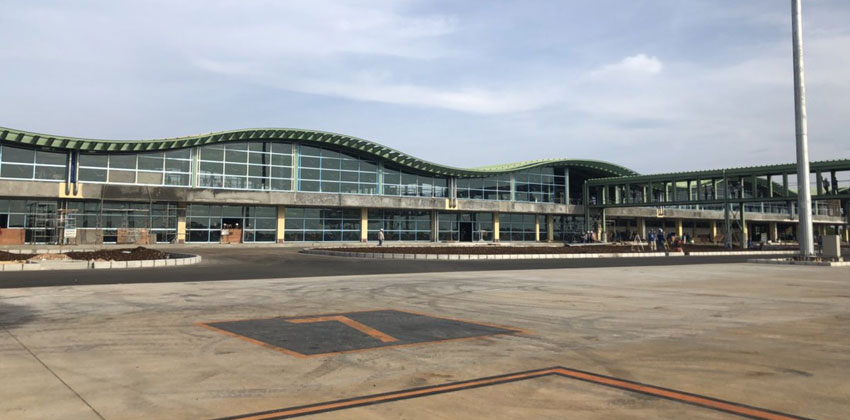Philippines to inaugurate its first eco-airport in Bohol Panglao

New Bohol International Airport
Philippines is going to have its first eco-airport in Bohol Panglao by next week. The Bohol Panlao International Airport (also known as New Bohol International Airport) will be inaugurated on Monday, November 27, 2018. It was after 15 years in the drawing board and rescheduled three times, the airport is becoming a reality now.
Once the airport is functional the new airport will be the gateway to Panglao Island and the flag carrier of Philippine Airlines (PAL) will eventually move its Bohol operations to Panglao Airport.
Bohol Panglao International Airport is going to become the most convenient gateway to Panglao Island and the rest of mainland of Bohol for domestic air travellers, as the airport can be reached within an hour’s flight from the Mactan-Cebu International Airport.
The airport can accommodate two million passengers, more than double the capacity of the Tagbilaran airport. Spanning 13,337 square meters, the new airport will initially have a 2,500 meter runway which can facilitate seven aircraft at a time, including long-range commercial planes for more international routes.
The airport has obtained green signal to start the construction from the National Economic Development Authority (NEDA) in 2003.

Panglao Island Beach
When ruling President Rodrigo Duterte came in to power in July, 2016, the airport was only 6.48% complete.
“We needed a catch-up plan for the airport. The target of completion of 2021 was just too long. How can you explain to the people that it took you six years to build an airport? So, we sped it up,” said Arthur Tugade, Secretary, Department of Transportation (DOTr).
Dubbed the “Green Gateway to the World,” the Panglao airport will be the country’s first eco-airport, which was be held to the highest standards of green and sustainable structure.
“This is the kind of airport we should be building, an airport that has regard for the environment and the future generations,” Tugade stressed.
The airport will use mostly natural ventilation. Solar panels will also be installed on the Passenger Terminal Building roof, which can cover around one-third of the airport’s passenger terminal building energy requirement.
The apron was likewise engineered to accommodate seven aircraft at one time, including large aircraft for international flights. The cost of construction the project was 11 million pesos (USD 209,500).



